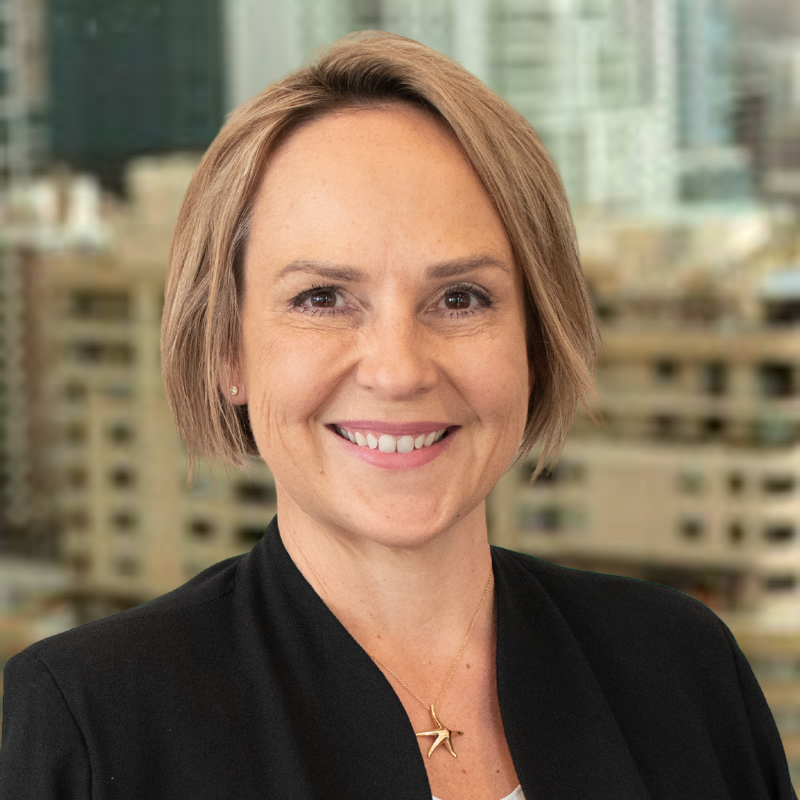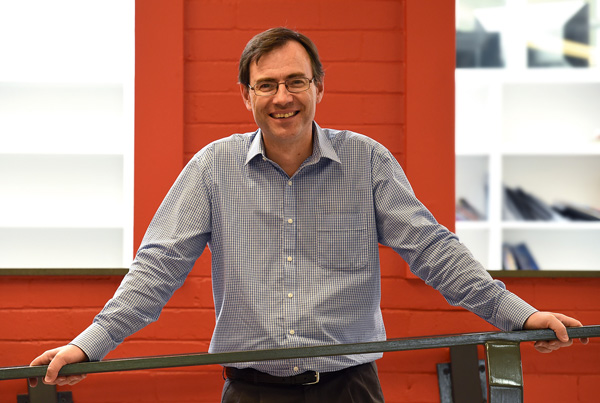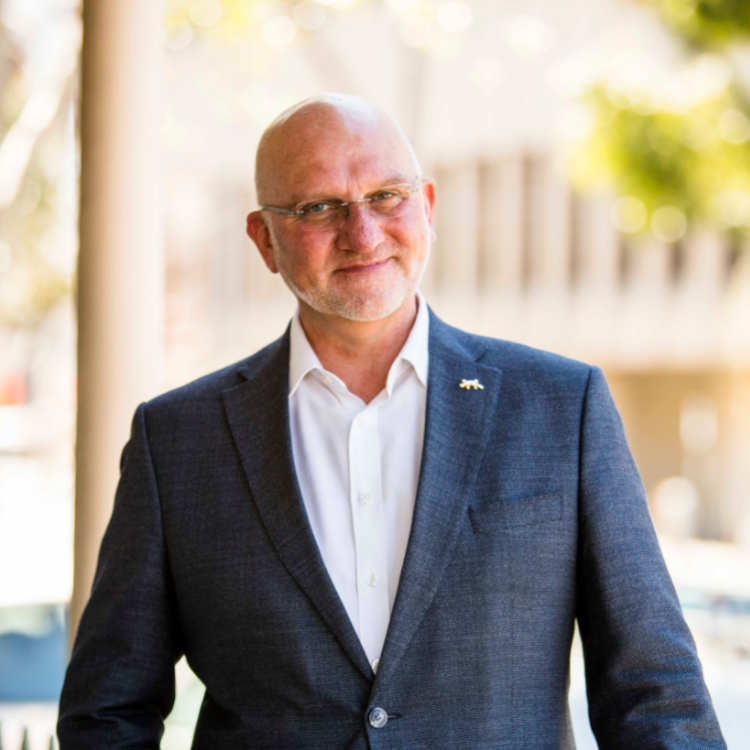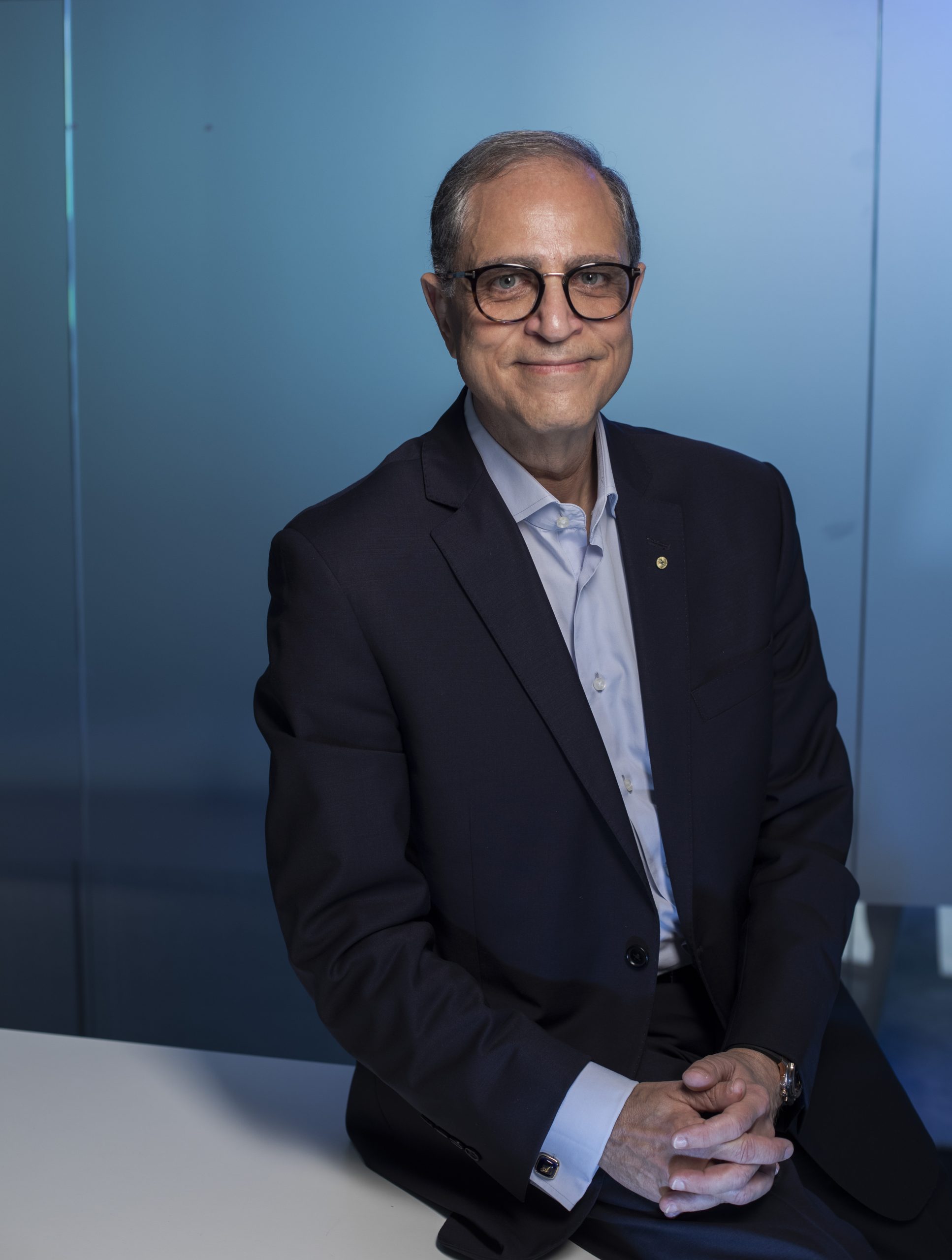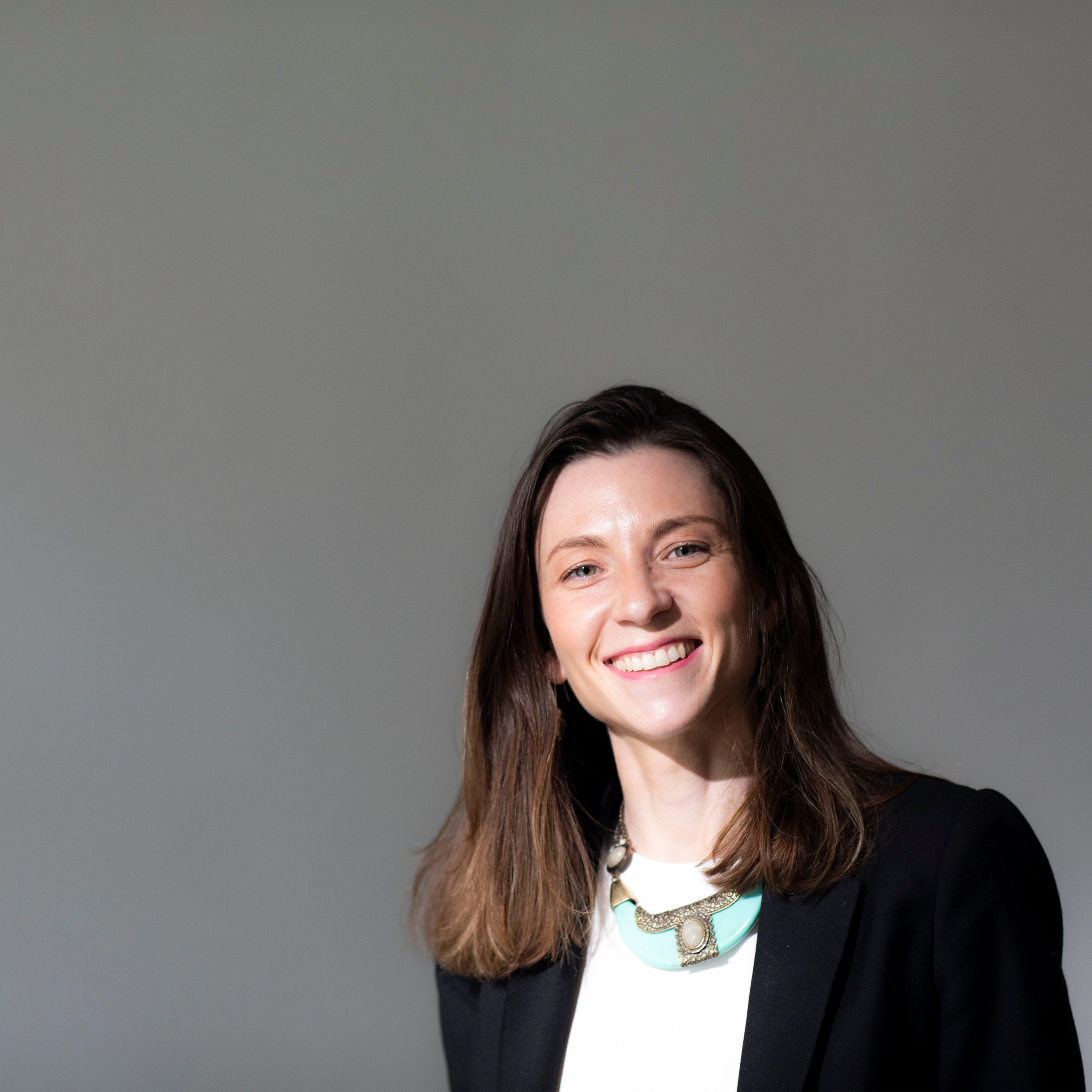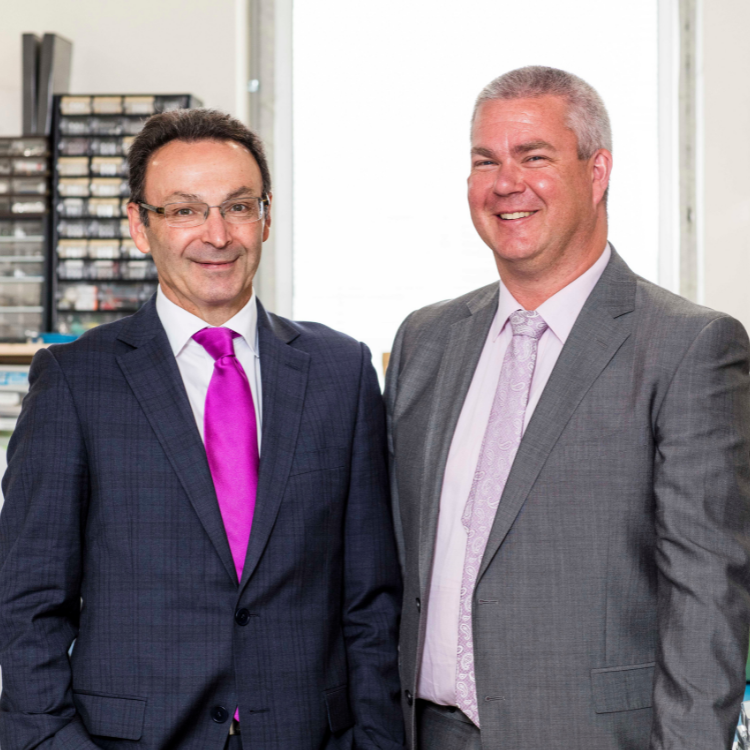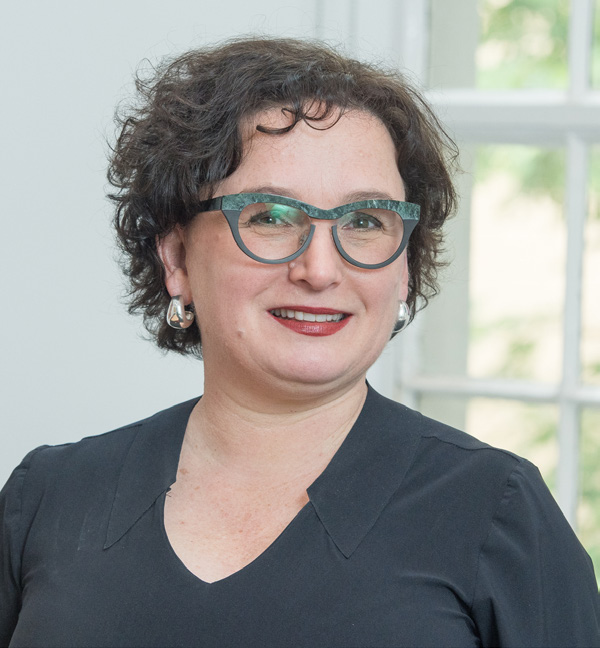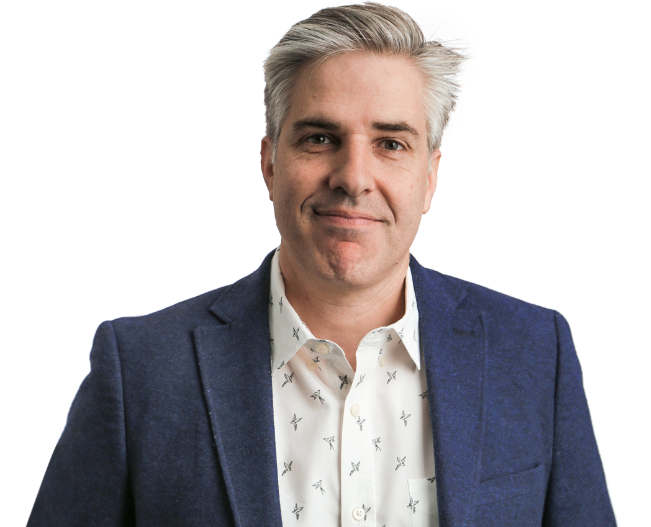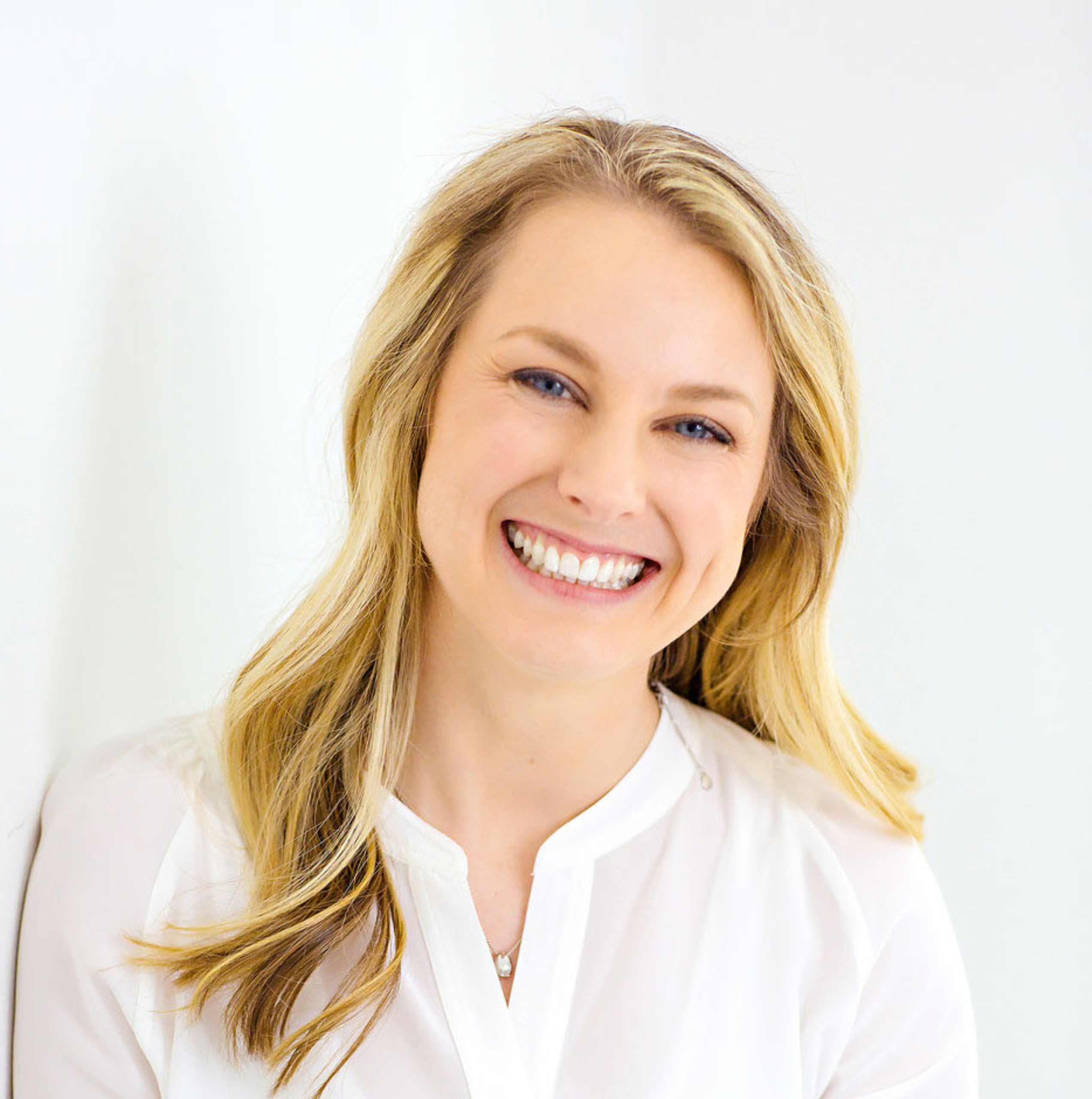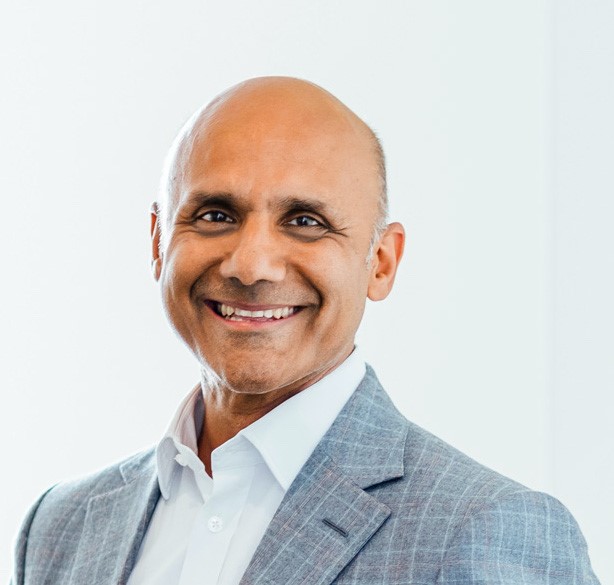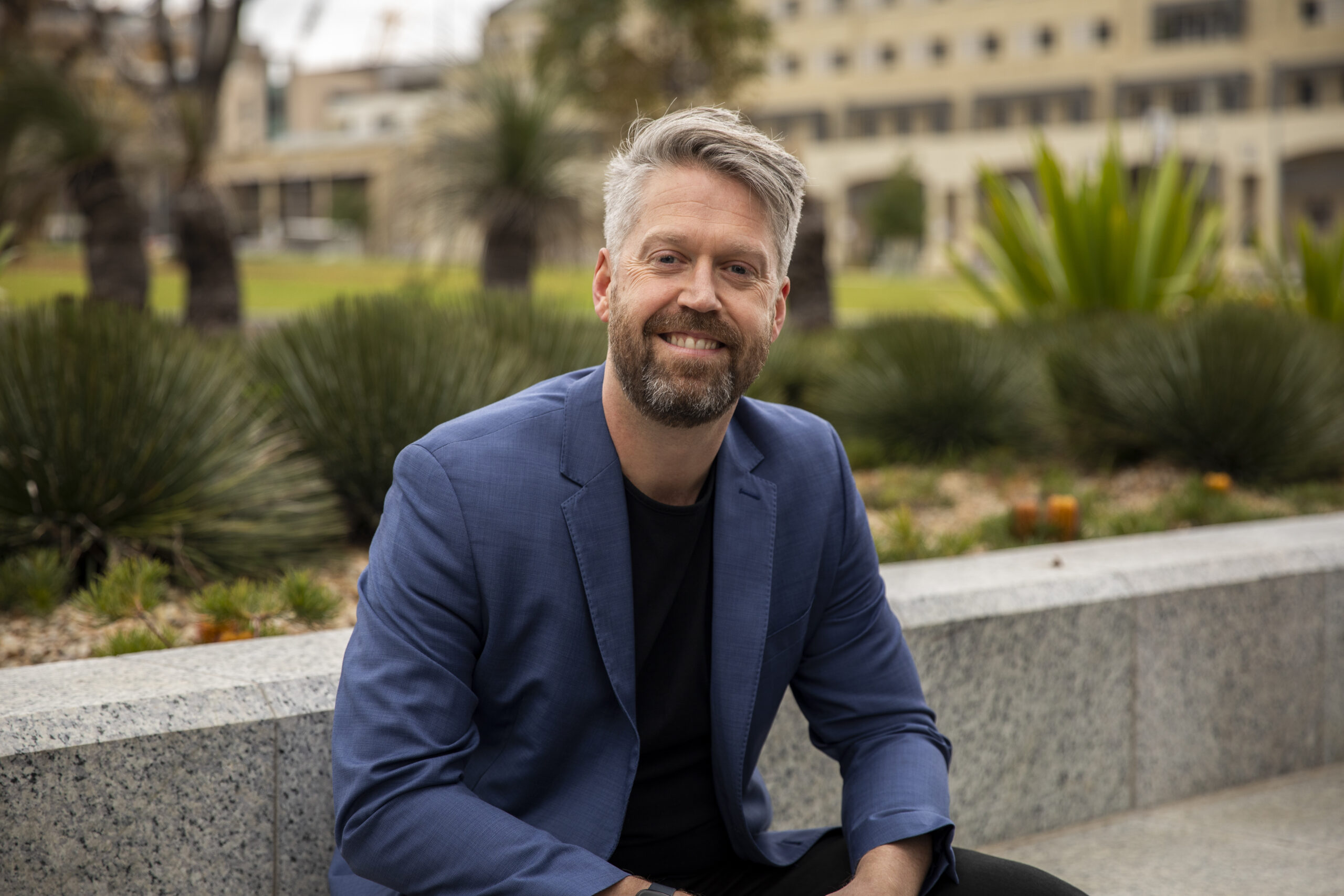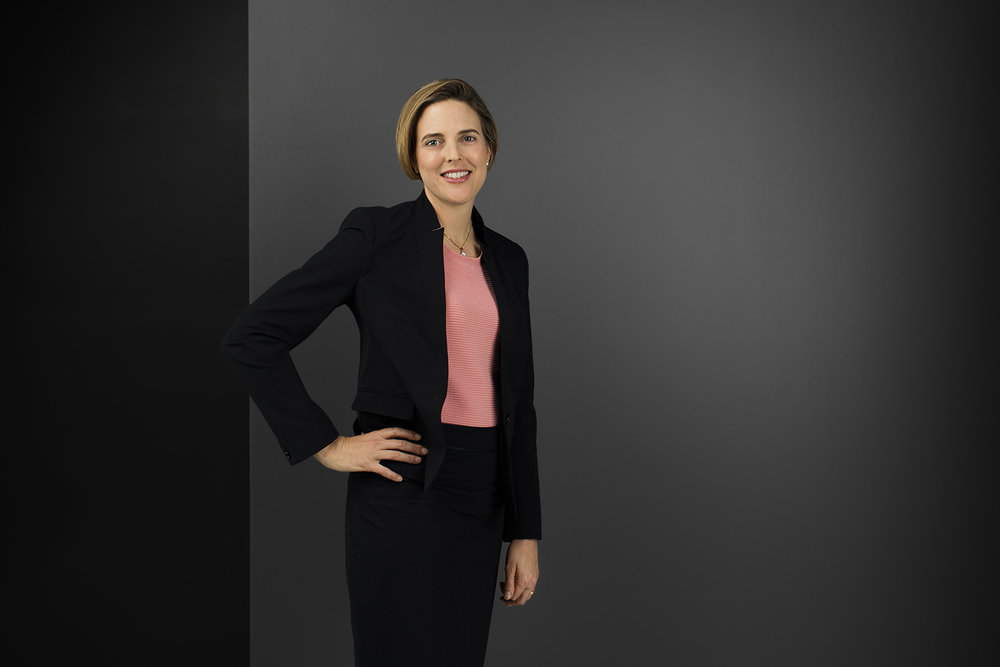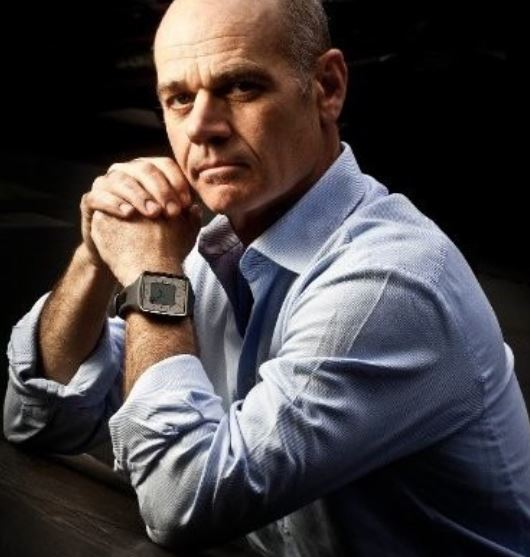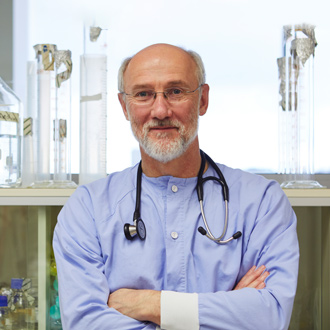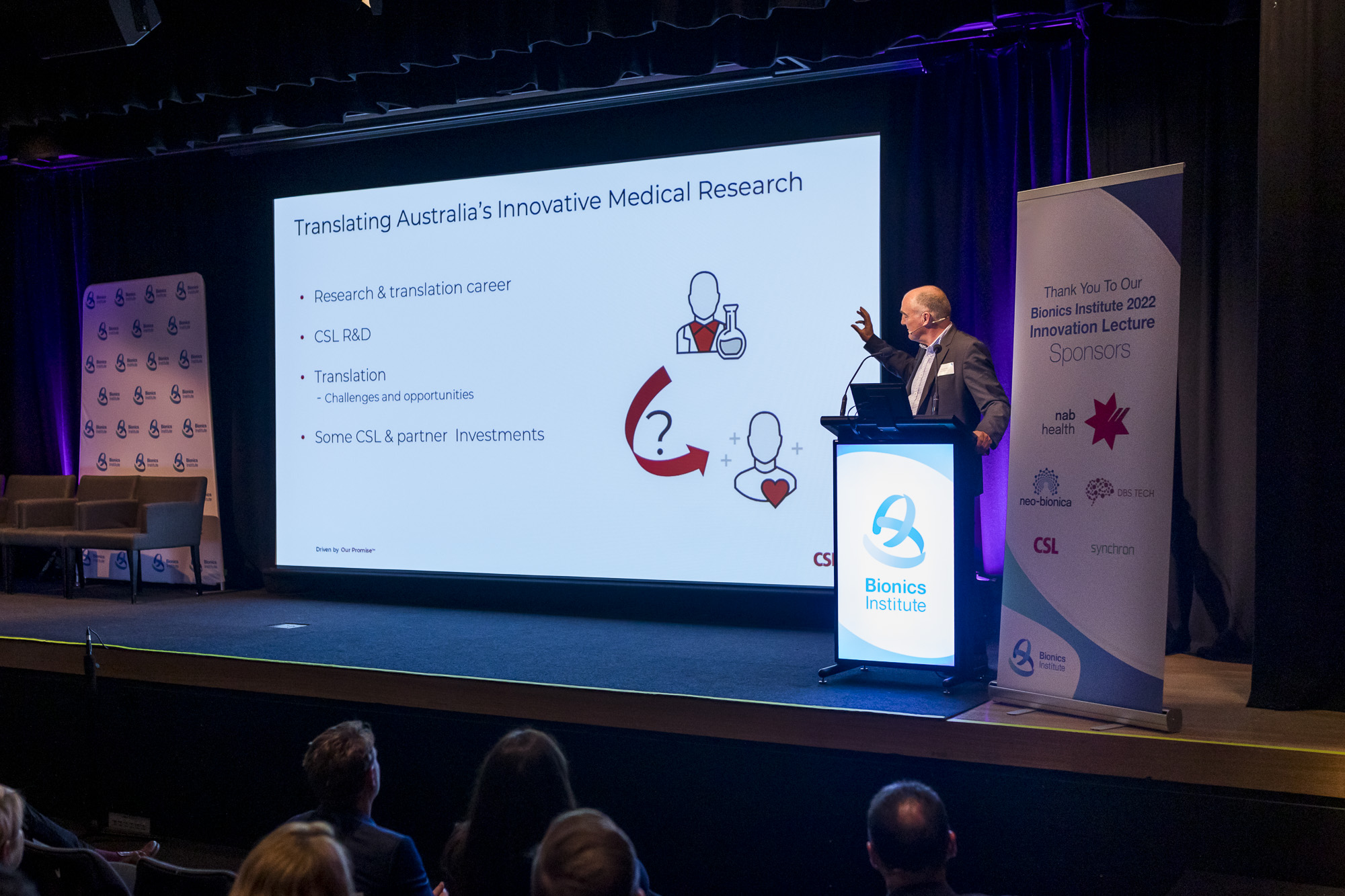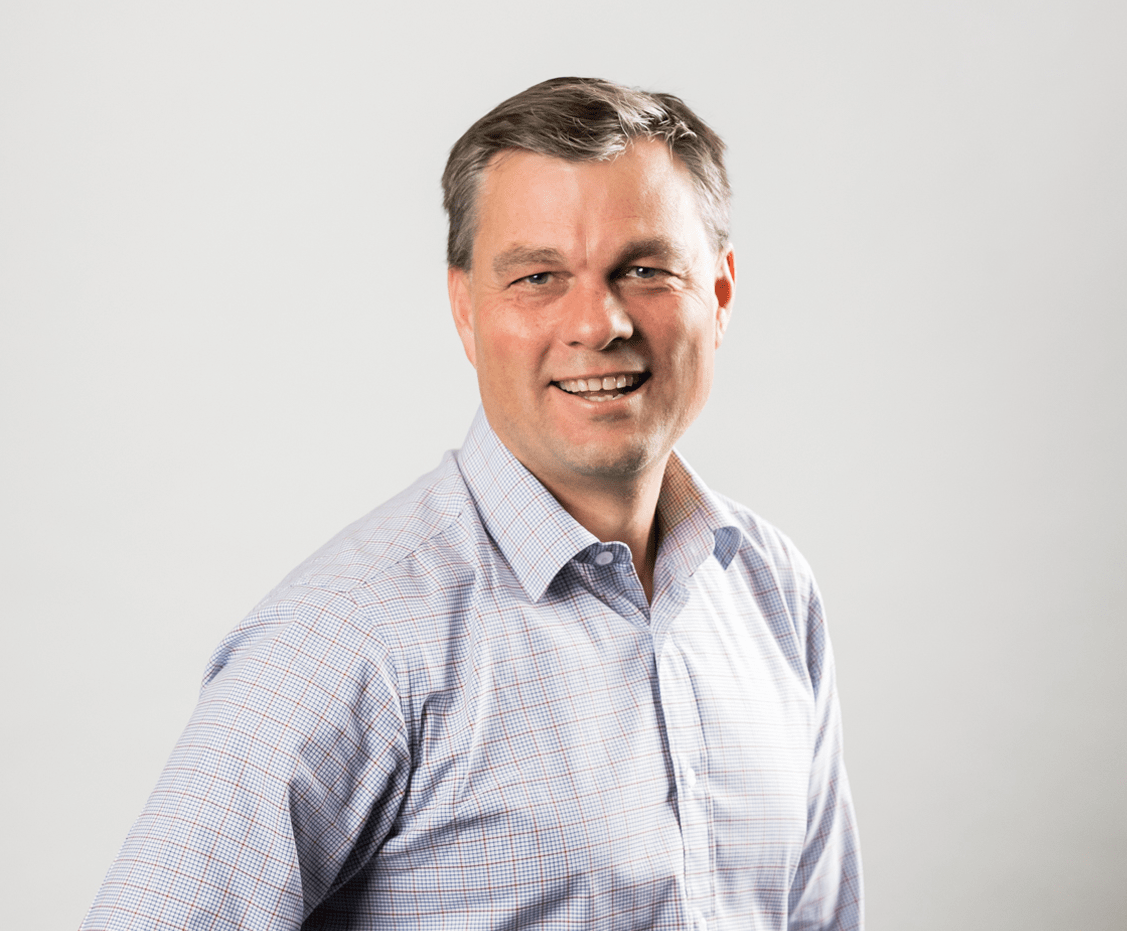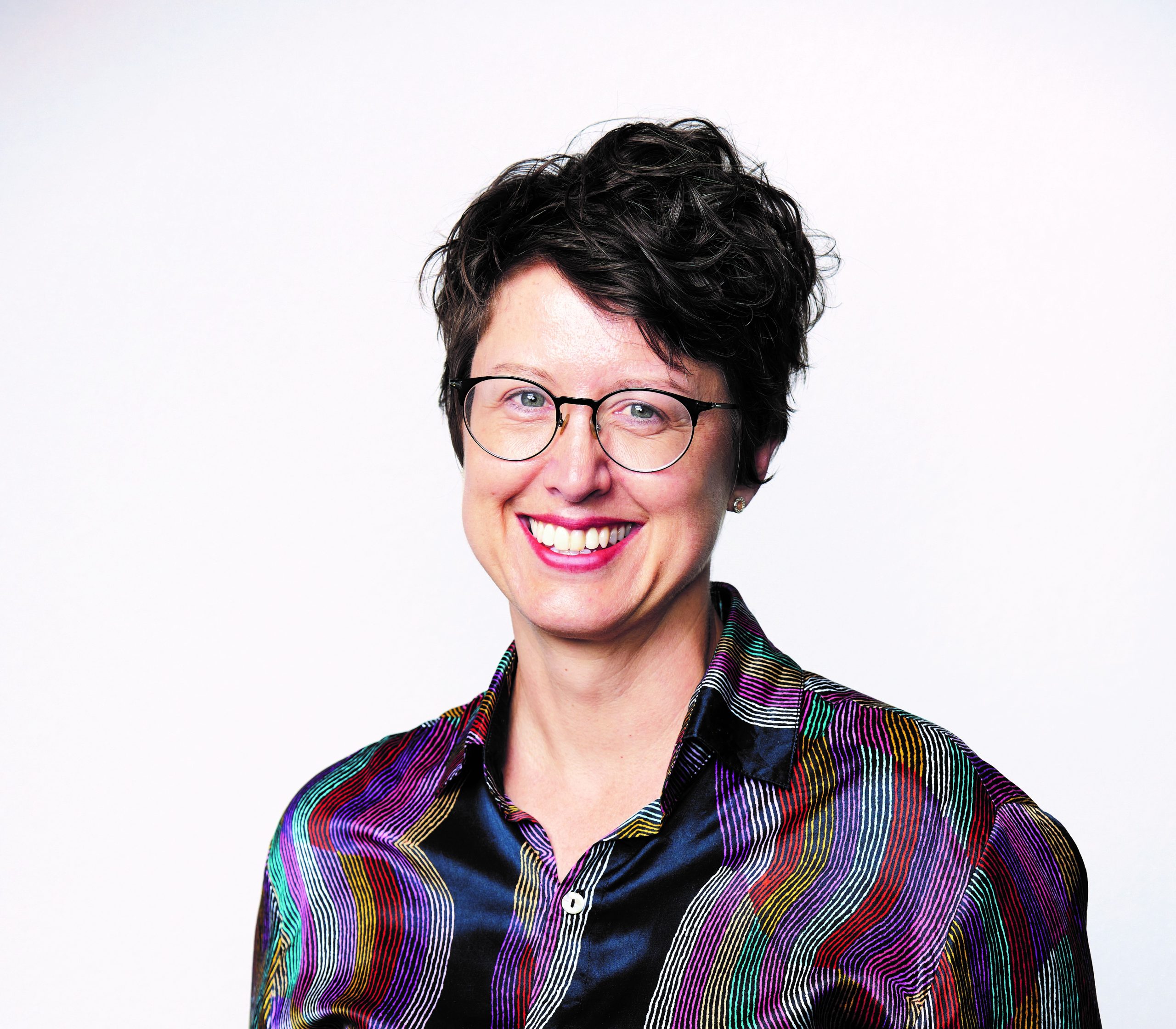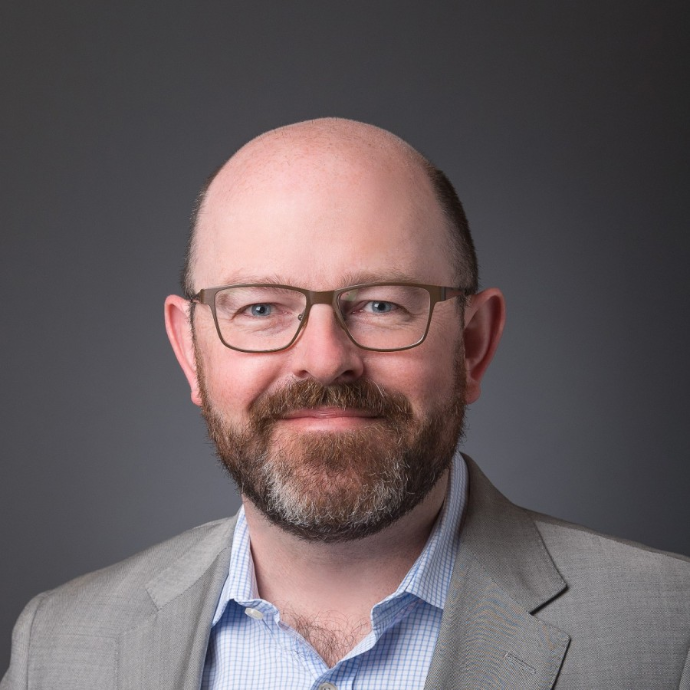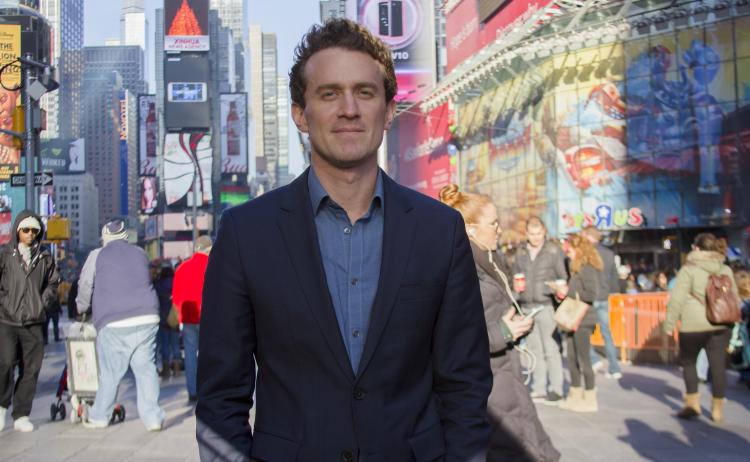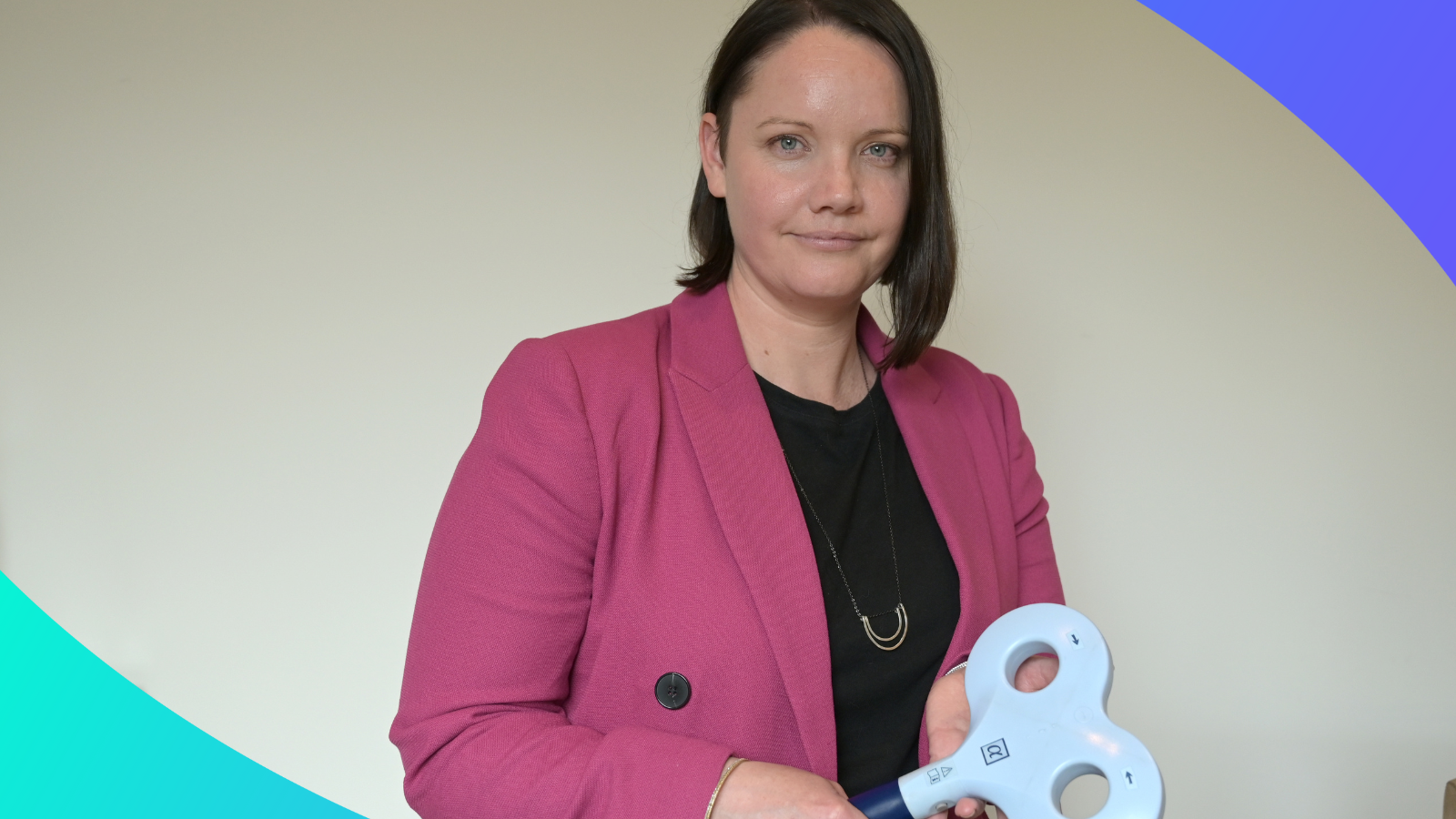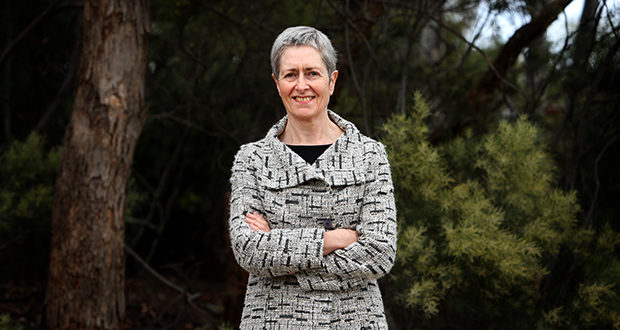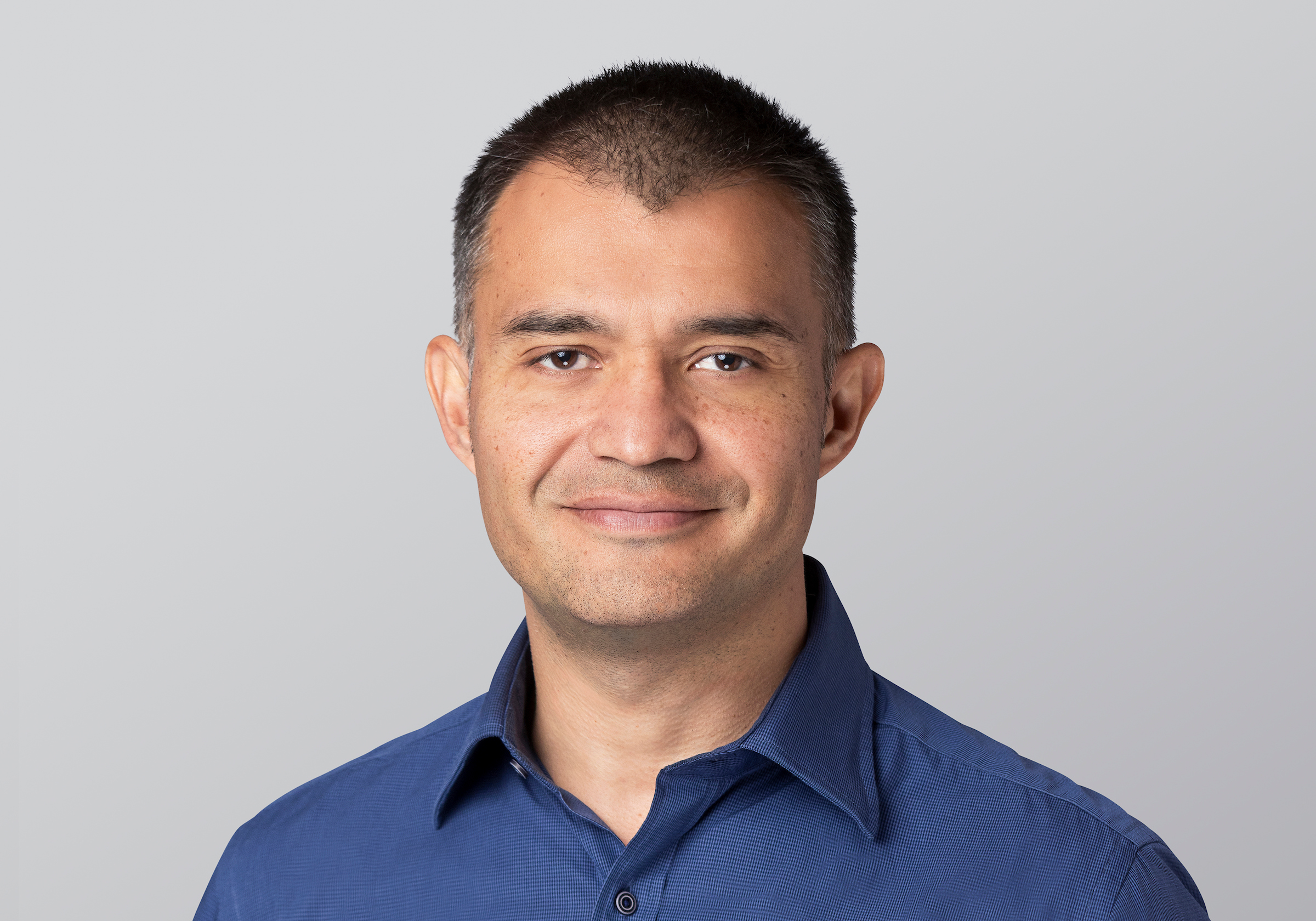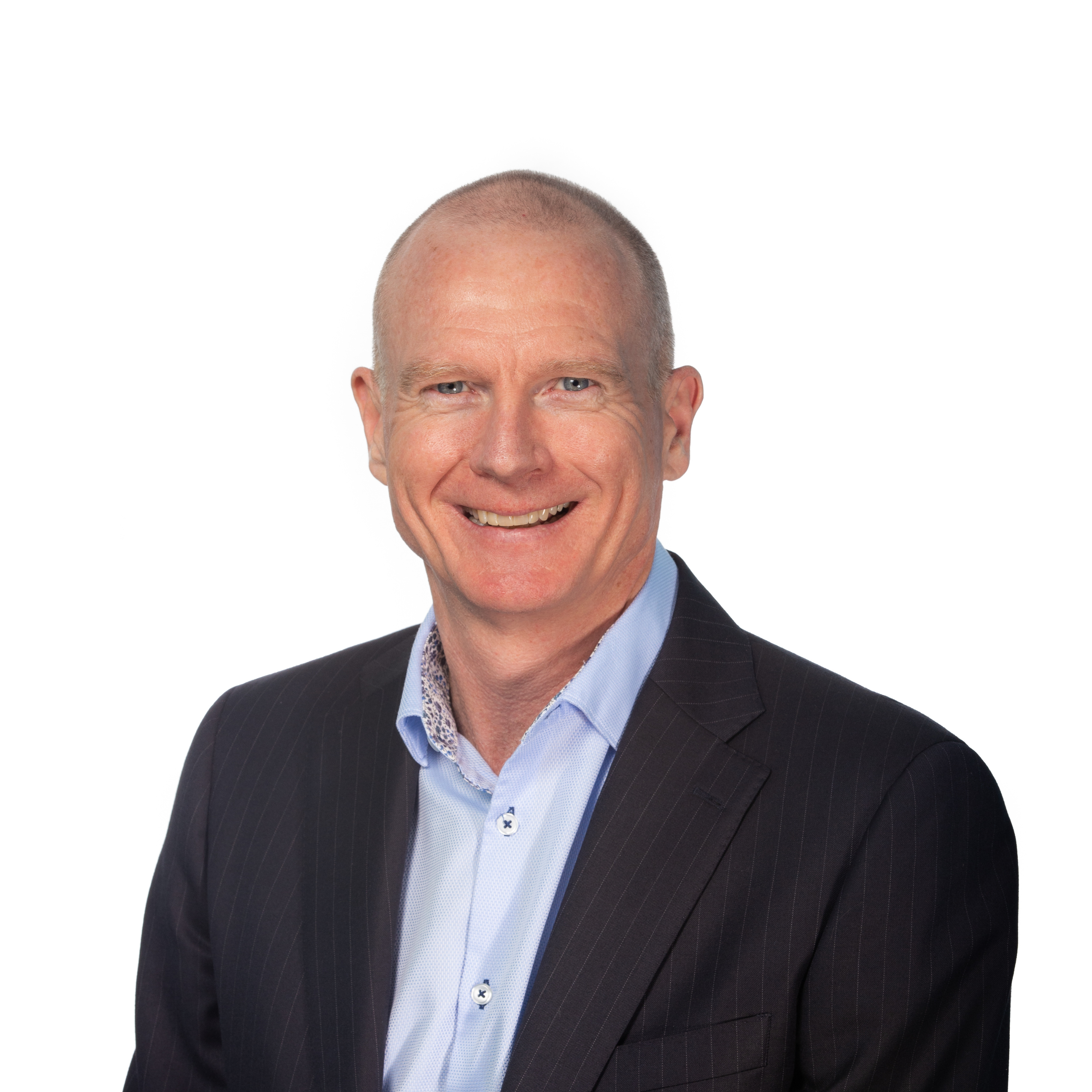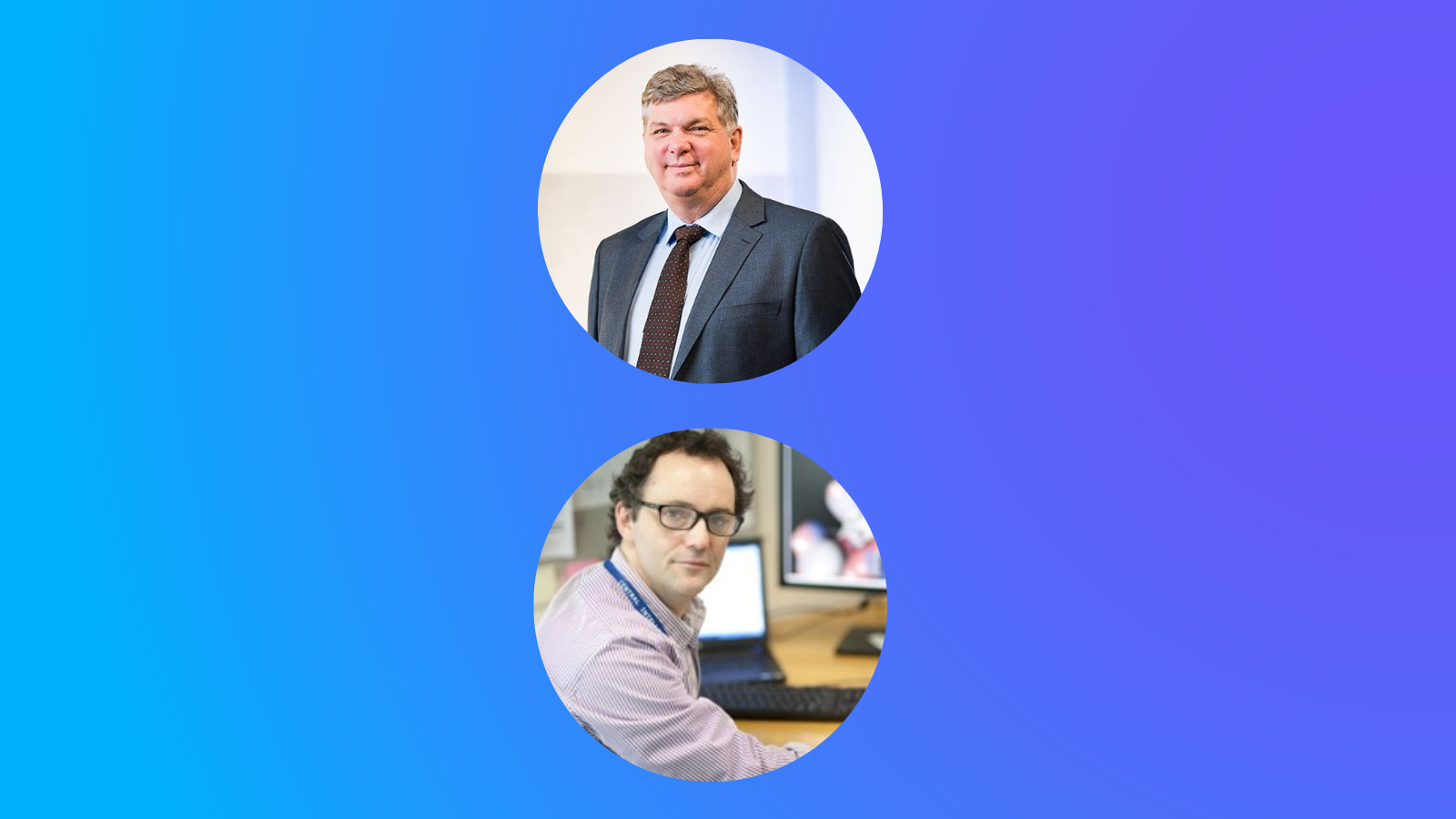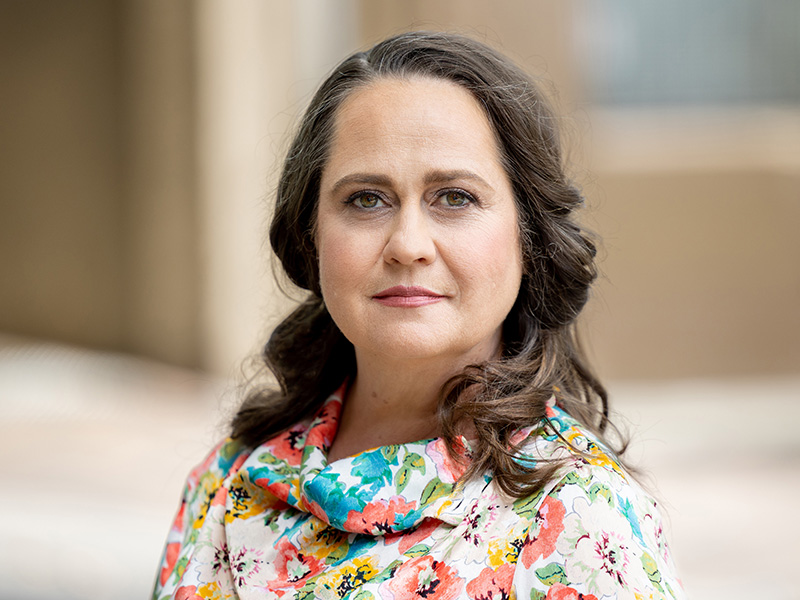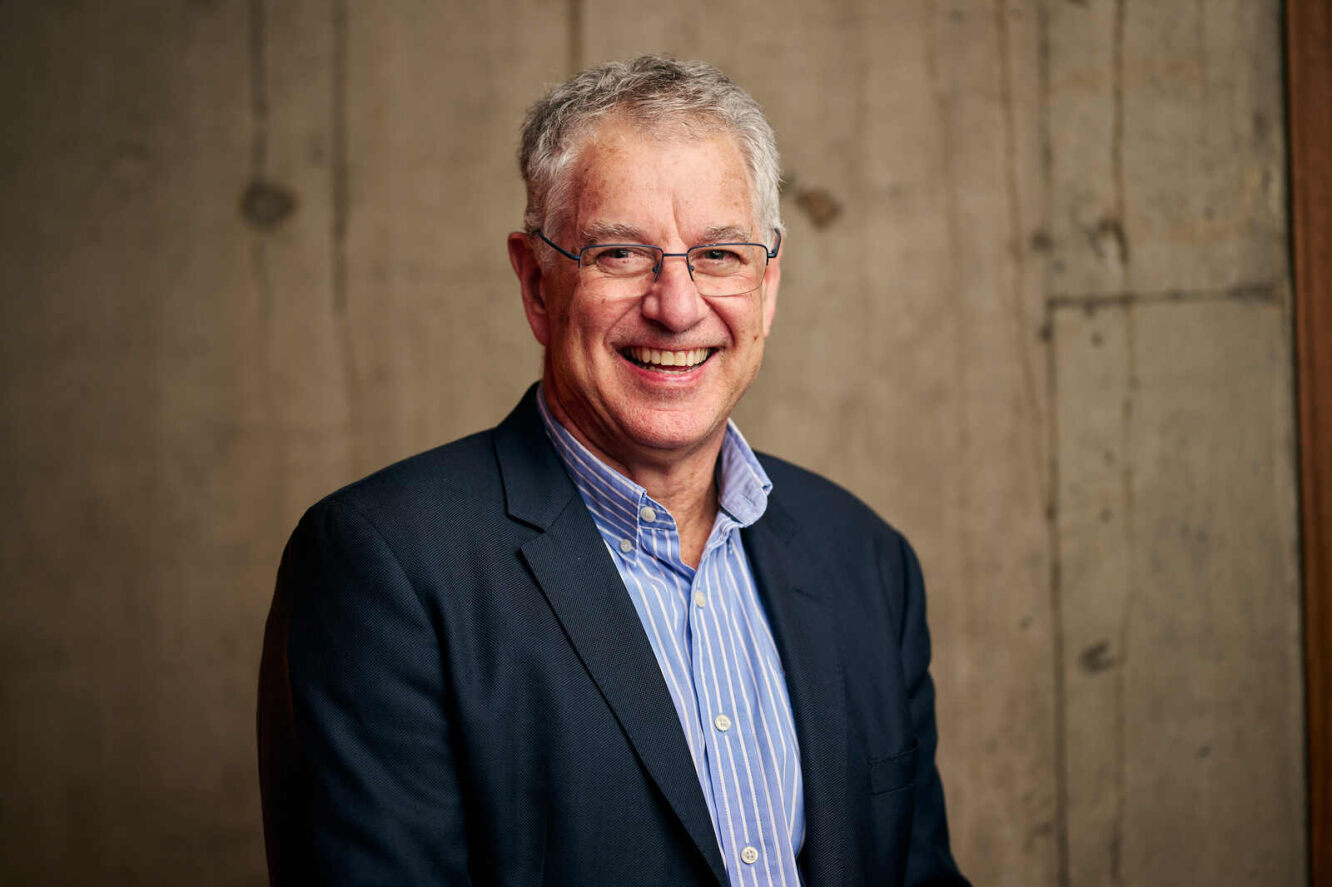Med Tech Talks
A multidisciplinary approach to innovation with Professor David Grayden
Professor Grayden is a highly respected academic whose career has seen him work on flagship projects, including the cochlear implant in the bionic eye, epileptic seizure prediction, electrical stimulation devices and systems to prevent seizures and vagus nerve stimulation to control inflammatory bowel disease.
More recently, Professor Grayden has pioneered the BioDesign Innovation program, a course offered by the University of Melbourne where teams of MBA and Master of Engineering students work together to explore, invent and commercialise med tech innovations.
In this episode you will hear about:
More information: Take a look at the BioDesign Innovation Melbourne website: BioDesign Innovation Melbourne
Take a look at Professor David Grayden’s University of Melbourne Profile: Professor David Grayden
Professor David Grayden [00:01:07] Thank you, Rob.
Robert Klupacs [00:01:09] Now, David, your career has progressed from completing the original Bachelor of Engineering all the way through a Ph.D. to now to becoming the Clifford Chair of Neural Engineering in the Department of Biomedical Engineering at University of Melbourne. That’s a pretty long journey. Can you tell us about your journey, where you started, what you’ve done along the way, and how you made some of the choices that you did to finish up where you are today?
Professor David Grayden [00:01:32] Sure. Well, at the end of my Bachelor of Engineering degree, I had to do a non-technical elective subject. And so I chose to do linguistics, a first year linguistics subject, mainly because my my parents are linguists. And I thought, well, that sounds interesting. And it I really enjoyed it. And I sort of wondered for a moment if I’d made the right career choice. So combined with that, I also had to do a sort of a thesis project as part of my engineering degree. So I chose to look at automatic speech recognition to bring that linguistics and the engineering together. And I really enjoyed doing that, that thesis. And so I decided maybe what I want to do is learn about this a bit more. That’s why I decided to do a PhD in automatic speech recognition and fortunately a new academic, Michael Scordilis, had arrived in the department at the time who was specialised in speech processing. So I decided to have a look at that and did my PhD basically looking at how neural networks could be used to do speech recognition. I got a top up scholarship from Telstra and I thought all along, I’m going to wind up in a career at Telstra. However, one about a year or so before I finished my PhD. I, I got a full time job at the University of Melbourne doing some lecturing and thought, well, actually an academic career could be really interesting. I really enjoy teaching. And so I, I sort of settled down into that teaching, finishing off my PhD. When I got a call from Graeme Clark and he said that he had approached the head of department asking if anybody in electrical engineering had experience in speech processing. And so I came, came across and had a chat with Graham and he offered me a job and I jumped at it. I mean, I knew about the bionic ear and, you know, it looked like a natural transition in what I was doing. So I abandoned Telstra and decided to come over here. And so that’s how I sort of changed from being electrical engineering, speech processing for speech recognition across to speech processing for the bionic ear.
Robert Klupacs [00:03:58] And then from after nine years working with Graham here, then you went across to the University of Melbourne and what caused that transition and what have you, that you went from the bionic ear to all these other things. Can you tell us a bit about that?
Professor David Grayden [00:04:10] Yeah, well, going to other things actually started a bit before I left because we we looked at whether we could take technologies developed for the bionic ear and apply it to other areas. And so, Graham introduced Tony Burkitt and me to Professor Mark Cook at this hospital and we thought, well, can we use our skills to predict epileptic seizures and perhaps also stop epileptic seizures using electrical stimulation? And so we put together an RC grant application and we were successful with that. And then about a year into that I was invited to apply to the University of Melbourne because they were setting up a new biomedical engineering program and needed some academics to work over there. So I applied for that and and got that job. So that started in electrical engineering and I was there for about six years when, finally we convinced the university to allow us to create a new department of Biomedical Engineering. And so people from electrical engineering, mechanical engineering, chemical engineering and into the Department of Biomedical Engineering and I was the inaugural head of that department.
Robert Klupacs [00:05:24] Fantastic. You’ve done a lot. I know you’ve done a lot, but can you describe for our listeners some of the highlights of your career, particularly some of the ideas that have now gone on to be translated by you and others, and a little bit of what you had to do to achieve to achieve all those things.
Professor David Grayden [00:05:41] Well, I think one of the highlights has been the the epilepsy research that sort of came out of sort of this conversation that that Professor Clark had had with Mark Cook and it’s turned into a wonderful collaboration that has led to a number of of spin outs. So, Seer medical is a really strong spin out that’s come from the work where the skills developed by essentially by past students have been put into commercial reality, primarily through Dean Freestone, who is who was one of my first Ph.D. students and is now CEO of See Medical and doing epilepsy monitoring and now just moved into actually doing seizure prediction. So it’s good to see over a 15 year period, that seizure prediction has become a reality. And then there’s also a few minor that came out of the work looking at how can we monitor EEG and real over the really long term for people who need a diagnosis, but maybe also to improve seizure prediction. And so this device that can be implanted under the scalp has been developed and is now in clinical trials through the spin out company Epi-minder.
Robert Klupacs [00:06:55] And just last week we spoke with Tom Oxley from Synchron. I understand you had a little bit to do with him as well.
Professor David Grayden [00:07:00] Yeah. So. So Synchron came out of the device that that Tom conceived of in the first place called the that was eventually called the Stentrode, electrodes mounted on a stent that you can put into the brain. And so the one day I got this call from from Tom, and he said that he’d been recommended to come and talk to me about the possibility of collaborating on developing this device. And so I, Tony Birkett, was also now at the university in the department as well. And so together we met with Tom, and we were immediately excited with this idea and so we joined with Tom and Terry O’Brien and others in looking at how we could fund this. And essentially it was funded initially by the US Defence Advanced Research Projects Agency, DARPA, who are keen to see how they can create devices to help wounded soldiers, especially those who have lost limbs. And so we thought, well, this is an opportunity for us to develop the brain computer interface nd so Tom actually took it on as a Ph.D. to do this work, although he brought in a lot of other people as well and so I was a co-supervisor of Tom for his Ph.D. and what a ride that was. Tom was amazing in sort of pulling it all together. It was sort of a fairly straightforward supervision role for me, but it’s really pleasing to see that that’s now gone into first in human trials.
Robert Klupacs [00:08:34] Fantastic. So, I mean, you’ve been involved, as you said, in lots of start-ups people have started start-ups. What have you learnt in your career for new engineers, scientists or other, but burgeoning engineers who want to create medical devices? I mean, what do they do? What have you learnt over the journey about what works and what does it work?
Professor David Grayden [00:08:55] Well, let’s start with what doesn’t work. So what doesn’t work is to have a really cool engineering gadget and then go looking for a med-tech application for that gadget. What does work is to put the need first to spend time talking to clinicians, others who work in the medical field to find out what are the unmet needs and then develop a device to meet. Those needs, and so, you know, right from the very beginning, Graeme Clark and others saw there was a need to help people who had no hearing and so developed the cochlear implants. We saw there was a need to help people who have intractable epilepsy where drugs can’t stop their seizures. And so looked to develop ways to predict those seizures and potentially ways to suppress them. So I think that’s the key. The other is that engineers can’t do it on their own. You have to have a multidisciplinary team to put it all together. You can’t come up with a device and then in the end, bring in a clinician to talk about how you’re going to use it. The clinician has to be there right from the very beginning. You need to have your electrophysiologist there with you right at the beginning. All of these, I think one of the best examples of that as well has been the bionic eye research with Bionic Vision Australia, where a whole team was brought together from basic scientists, engineers, clinicians, surgeons, everybody who is needed to be able to come up with a device and I think record time that was that could be actually used in real life.
Robert Klupacs [00:10:42] Yeah, it was a great, great exercise where we still live in hope, you and I, but the bionic eye moves forward. Dave, one of the things I found so impressive about you, you’re a very humble man, but not a lot of people know a lot of things you’ve done, but one I’m really excited about what you’ve done is the Biodesign innovation course at the University of Melbourne, which, as some of our listeners don’t know, is a programm based on initiatives developed at Stanford University and the Hebrew University Jerusalem and over the last ten years has created a huge number of start-ups. It seems a very unique way of getting engineers and business people together around a problem. Can you tell me about the exciting and immersive learning experience, how it came about, and and just some of the things that have come out of what the course has been able to do?
Professor David Grayden [00:11:28] Oh, with pleasure. I love talking about BioDesign Innovation. So originally it was a course developed by Stanford University around about the year 2000 or so, mainly through also having a recognition that there is a there is a need to put the need first. And, and so they implemented that program has been running for a number of years, but I actually heard of it in the first place through some contacts with from the Hebrew University of Jerusalem, who had implemented a slightly different version of the course. And so again, I was when I heard about it, I thought, we’ve got to look into this and so I studied the both versions. Stanford’s course is a sort of a fellowship program, whereas the Hebrew University’s program is for Ph.D. coursework and MBA coursework. And I thought that that probably suited us best. So what I did was to sort of take their syllabus with their permission and discussion with them, of course, and implemented it here for our master of Biomedical Engineering and Master of Business Administration students. So essentially it’s a yearlong or two semester program, starts in March and ends in November, where we put together teams that have each team must have at least two engineers in it and two MBA students, and they spend the first six weeks or so immersed in a hospital environment just observing and looking for needs. The teams usually find somewhere between 30 and 200 needs each, each team. So there is no shortage of needs. However, some of these are trivial. So a lot of them get discounted. But then the process requires that they validate the needs and they find out which of these needs is truly something that is not just going to benefit one clinician or is not just something they saw in passing that doesn’t normally happen and come down to one particular need for each team that they really want to tackle. And then and then they’re allowed to start thinking of concepts to meet that need. And so they need to brainstorm and they usually come up with dozens of concepts of devices that could meet those needs. And we leave it open. Any area of medicine, any any type of device or app or whatever they want, although we rule out pharmaceuticals because it’s sort of outside of our expertise and and then they implement it at the end of the course. Their deliverables are a a prototype device as far as they can take it, and a business plan for how they’re going to take that device to market. And yeah, the course has been about, it’s exceeded my expectations enormously, not not only do students really learn this process and I learnt how to put the need first, which I think is really important. They learn how to bring together what’s needed on the engineering side with also what’s needed in the medical marketing side. You know, there’s no there’s no use building a device that no one wants to buy because if nobody wants to buy it, how can you afford to make it? And so bringing the two together has been has been really useful. Whether the students go on and commercialise the device or just go back into it, just go into normal, regular sorts of jobs and implement those ideas in their normal jobs.
Robert Klupacs [00:15:06] You make it sound so easy, but I’m aware there’s been a few notable start-ups come out of BioDesign Innovation. Can you just give me a snapshot of a couple that you’re most proud of? Well, probably ones that you didn’t expect to be so successful.
Professor David Grayden [00:15:19] Yeah, well, the. That the course has produced a remarkable number of start ups. So roughly half the teams have gone on and had a go at commercialising their devices. It’s been about six years so far. Some of those teams have folded, which is expected, but good on them for giving it a go. But there have been there’s about six, six or 6 to 8 that are really going well. So one of the most notable is Navi Medical Technologies. So they they’re so far the only team that has completely held together, and the whole team is now in the company plus the clinician, Associate Professor Christiane Theda from the Royal Women’s Hospital. But they’ve developed a system for neonatal intensive care where they can they can detect where the tip of a catheter is when it’s placed inside the body for brand for brand new babies. Often catheters are inserted into the umbilical cord and the tip of the catheter needs to go near the heart. But it’s hard to know whether the tip is is in the right location. Has it gone far enough? Has it gone too far? Which is dangerous? Has it gone into the liver? And it’s not possible to know without taking an X-ray and that can slow the process down, exposes the baby to X-rays, but they have developed a system that actually records the heart activity, the ECG, and they use that to localise the activity and that is now in clinical trials. They’ve raised some millions of dollars so far and and going really strong.
Robert Klupacs [00:17:04] It’s a fantastic story, but I’m aware it’s one of many, actually, and I’ve had the benefit from you seem to send a lot of them down to talk to me, which is probably a stupid thing. I’ve met them a lot of them, and they’re really remarkable young people. They all comment on the remarkable mentorship that they get from you, and I don’t think you would have been successful without you and your colleagues giving them the love and the guidance that they get. But what I’m interested, particularly in this series is, you know, what is the role of mentorship? And we’ve been asking everybody who have been their mentors in their life, and in particular you and and what did you learn from them?
Professor David Grayden [00:17:41] Yes. So I suppose that the first part of that is part of why I love being an academic is is mentoring. And I think that giving, I think the most successful way to mentor in a course like this is to is to guide to look, to help solve the problems that they’re coming with rather than tell them what to do. And I think that that models the sort of mentoring that I’ve found valuable for myself in the past as well. My first my first mentor was actually my high school maths teacher who he really made me realise that I was actually really good at maths and he really encouraged me along with it. And I think that’s why I became an engineer is because he nurtured that, that maths love in me. And then I suppose the next major one was, was Graham Clark. So I worked directly with him. He essentially gave me free reign to sort of develop my own research project when I arrived and but he was there along with some other colleagues, just to guide me through the process of things that I didn’t know how to do. Like I never applied for ethics, an ethics application for doing work with patients before. So I was guided through that and learnt it and I’ve been able to use that same method of guidance beyond that. So I think I think he well, I mean he completely changed my career by offering me the job in the first place. But then I think beyond that, that mentorship I think was very valuable to me.
Robert Klupacs [00:19:32] Now it’s a great story, to be honest. I didn’t know a lot about that. So again, the call out to all the teachers out there, you are the wave of the future. In 2017, you won the highly prestigious University of Melbourne’s award to most innovative academic. Tell me, what is your definition of innovation then, and why do you think you won it?
Professor David Grayden [00:19:56] Well, technically, innovation is it as a new product or method. To me, though, it’s implementing a new product or method. I think that you can be you can innovate by coming up with something that never gets used. But I don’t think really that’s what innovation is. I think innovation is showing how that how that is used and how it makes a difference. I actually got that award for the BioDesign Innovation Program, right? And so it was a mainly teaching innovation. So bringing in a new way of teaching . I think that innovation in and in teaching in this in this way at the university is very likely to spread. I’ve been talking with the pro-Vice Chancellor for teaching about whether we can expand the programming to other faculties, looking at other areas like Agritech or or other areas where I think we can bring together people from different backgrounds to do this to do this innovation. So is this like an innovation in innovation?
Robert Klupacs [00:21:10] I wish it was there when I was going to university.
Professor David Grayden [00:21:12] Oh, me too.
Robert Klupacs [00:21:14] So from your perspective, you’ve seen a lot. Now people come through. What does Australia need to do to create a culture that fosters innovation and how? I mean, you’ve been at the pioneer of this, but how do you think we can continue to improve the education of the innovators of tomorrow?
Professor David Grayden [00:21:31] Well, I think Australia is highly innovative, so I think people are. In terms of coming up with great ideas and I think we see that right across the board from clinicians often meeting with clinicians who say, oh, you know, I wish I could solve this problem and I think I’ve got this idea for how to do it, but they don’t really just don’t know how to take it on. And that was partly the reason why I thought the Biodesign innovation course would be useful, but then right across the board in industry and manufacturing, I think a lot of people have these ideas and I think Australia can best foster innovation by finding ways to encourage those ideas, to support, to give people the space and the resources to pursue those ideas to. Remove this this tendency that if somebody fails, then they’re a failure. I think if somebody tries something and fails, good on them. Let’s let’s get them to try something else. And so I think that that culture, which which you do see and in some other countries that are well known for innovation, especially the United States and Israel. But I think if we can nurture that more in Australia and support those people who are taking these chances, then we can be stronger. In terms of the education, I’m very keen to see if we can have students more courses that allow students to do this project based learning, come up with their own ideas, develop them through, but also encouraging students to do that in an extracurricular way. So there is a group actually that have formed the Melbourne Bio Innovation Student Initiative and it’s mainly students who have been unable to access so far the Biodesign innovation program because they say they’re doing medicine and at the moment we’ve only we it’s not open to students doing medicine, but hopefully soon will be. And so they thought, well, let’s just make our own. So now they’re doing the BioDesign innovation course themselves, and I’m happy to support them with that and the others who teach it, like Professor Kwanghui Lim and and Simon Wilkins also helping along with that as long as as well as the bio design alumni, so I think this grassroots sort of formation of innovation is really important too.
Robert Klupacs [00:23:55 So you’ve been going for quite a long, quite a long time now. Why do you think other universities just haven’t seen what you’ve got because it’s a great way to attract students, keep them close by and have things come out the other end, do you think? Why do you think so of the University of Melbourne and not everyone else?
Professor David Grayden [00:24:12] Oh, it’s not just University of Melbourne. So University of Western Australia and Curtin University started a BioDesign program at the same time that we did, and I didn’t actually know until just a few years ago. And so, but also there, there was a program running it at the Queensland University of Technology in collaboration with India, some Indian institutions, and there are fledgling programs now in Adelaide and at the University of Adelaide and the University of Sydney and Macquarie University. So what we’ve actually done is we’ve formed an association we’re calling BioDesign Australia and we’re working together to try to push this into more and more universities. Actually this year we’re hosting the what’s called BME Idea APEC, which is the Asia Pacific gathering of BiodDesign program so that we can share ideas, look at how we can support each other across BioDesign program in Singapore, Taiwan, Japan, Israel. Sort of other Asia and Pacific countries.
Robert Klupacs [00:25:23] Again. As I said, you’re a very humble man. That’s an incredible outcome over the last 5 to 10 years. That, to be honest, I think most of our listeners don’t know about. But that’s the wave of the future and thank you for doing that. Following on from that, I mean, you’ve seen all these young, talented people going somewhere, but that seems from my observation not to be the common theme of most innovation is that most of tends to fail or in Australia it gets to a point and it doesn’t seem to go any further. You’ve been around this now for quite a while. What do you think Australia can do to increase the translation of all this good innovation that’s happening? Because a lot of it happens and then it stops or it gets to the point where it doesn’t get commercialised. We’re really interested in your views about what we can do better to make that occur.
Professor David Grayden [00:26:10] Yeah, well, I think I think one thing that’s very important to realise is that many innovations won’t make it. And maybe that’s because there’s a lot of reasons for that. Some of them are because, you know, the product just isn’t right. Maybe there’s another better way to do it or maybe there really isn’t the market for it and that’s important to find out. And I’ve been very pleased to see there’s been a growth in accelerator programs, especially here in Melbourne, but across Australia which are essentially what’s called fast fail. So it’s important to find out if this innovation isn’t going to work. Let’s find that out as quickly as we can and it’s it’s not a bad thing to find out that it won’t work because because at least you tried and you moved on. And so, again, I think that that that culture of being tolerant of that sort of quote failure, unquote, is important, but I think the other the other is is really just the willingness to invest in these risky innovations and I think Australia has had a tendency to be less or to be risk averse and and to think, well, let’s, let’s invest in those things that are sure things. So for instance, creating a new implantable device in Australia, investors will want to see that. It works in a human first before investing. Whereas in a country like the United States, they say, Well, this is likely to work in a human, let’s invest and help with that human trial and so I think that we need to increase that willingness to take on risk. But I think it is happening. But over the last over the last ten years, there has been a growth in venture capital funding and angel investors who are willing to invest in that sort of riskier med tech. Another thing to consider is that because of because we want to make sure these devices are safe and effective, it takes it takes a long time. We need to develop them well, test them out, trial them in humans in a small number of humans, and then have larger clinical trials. So it can take 5 to 10 years to get a product from that initial prototype through to market. And of course, the trade off is amazing. I mean, the bionic ear is a fantastic example of that. of showing it. It’s impacted on probably getting close to a million people now. But the the need for patients and the need to sort of fund that that long term trial that needs to happen is something that I think Australia is still needing to develop a bit more.
Robert Klupacs [00:29:07] And when your students come out of the Biodesign innovation and they’ve got the company as some of them, you mentioned Navi, how do they go about finding that patent capital? And did you help them? Did you introduce them to people or did you just say go for it?
Professor David Grayden [00:29:22] Well, part of the course we actually teach them. We actually we bring in guests who know a lot better than me about what the funding and how the funding environment works and what are the different options for funding. You know, from family and friends, through to angel investment, through to venture capital. And so on top of that, we teach them how to protect their IP and, you know, and how to determine what regulatory requirements are needed for their devices and in the end, what’s the reimbursement like? Who is going to pay for this? Will it be Medicare or will it be private health insurance or the patients themselves, working all that out so that they’ve got a really good pitch to put together to get that funding? And then usually the teams have started out by winning pitching competitions. And so we the teams have done remarkably well at the MedTecs got Talent Competition, and that’s now called the Actuate or Origin Competition. The biodesign teams have won it last two years and, and many times in previous years and that gives them a good leg up into then getting into an accelerator program. So they, the med tech actuator accelerator has been one that many teams of have gone into and they provide funding alongside the mentoring and acceleration support. And the Melbourne Accelerator Program has been supporting them and now we actually went across to the Texas Medical Centre and participated in Accelerator over there and also tapping into the different government funding that’s available. But so far, I think because they’ve put together such a good device based on a need. And they’ve got the business plan together. They’ve been remarkably successful at attracting the funding.
Robert Klupacs [00:31:20] So will you young entrepreneurs out there, it’s possible to have it. David were coming to the end, but one question we’ve asked everybody. What’s your perspective about what’s currently the biggest threat and also the biggest opportunity in med tech in Australia today?
Professor David Grayden [00:31:35] Well, if I could start with the opportunity is, is that Australia has a first class health care system and it’s and we have clinicians who are really keen to engage with engineers. And so I think that there is an enormous opportunity for as many people who, who want to give it a go as possible, to give it a go. And I think through, through by design, innovation, the Melbourne Bio Innovation Student Initiative and the programs around the country, there’s growing opportunities to be able to do that. I think the threat is is mainly around the support that they get. So there is this, this concept, the Valley of Death, where, you know, you get the good early support. And then there is this time between having done a basic proof of concept and getting to market where the funding becomes hard to get. And so I think the threat to Australia is that these companies go overseas where they can find that funding and there’s been some notable examples of that and I think that Australia really needs to step up and make sure that all these opportunities that we’ve got lead to. Australian companies and manufacturing in Australia. I think that I think we’re on track for that. Especially for implantable devices Neo-Bonica I think is a huge step forward in a facility that actually allows us to manufacture implantable devices in Australia and not have to go overseas to do those initial prototyping developments.
Robert Klupacs [00:33:19] Fantastic. David, David, thank you so much for the opportunity to discuss your innovation journey, your leadership, and to get your insights into how fostering innovation can create some, as you’ve just said, incredible outcomes now and in the future. Everyone listening. I hope you enjoy today and I look forward to introducing you to further guests in future podcasts. There are links to everything we talked about in the show notes and we look forward to welcome you next time.
Listen to other episodes of Med Tech Talks here

